We’ve all looked past the occasional red flag in our quest for love. Imagine what that might look like in the insect world.
Meet the most eligible bachelors and bachelorettes of Bugs 101, a free massive open online course offered by the U of A Faculty of Science. The faculty’s E.H. Strickland Entomological Museum houses more than a million insect specimens. Many were donated to help advance our understanding of the huge role these small creatures play in our world.
And if you want to take the relationship to the next level, sign up for the Bugs 101 MOOC. It’s free.
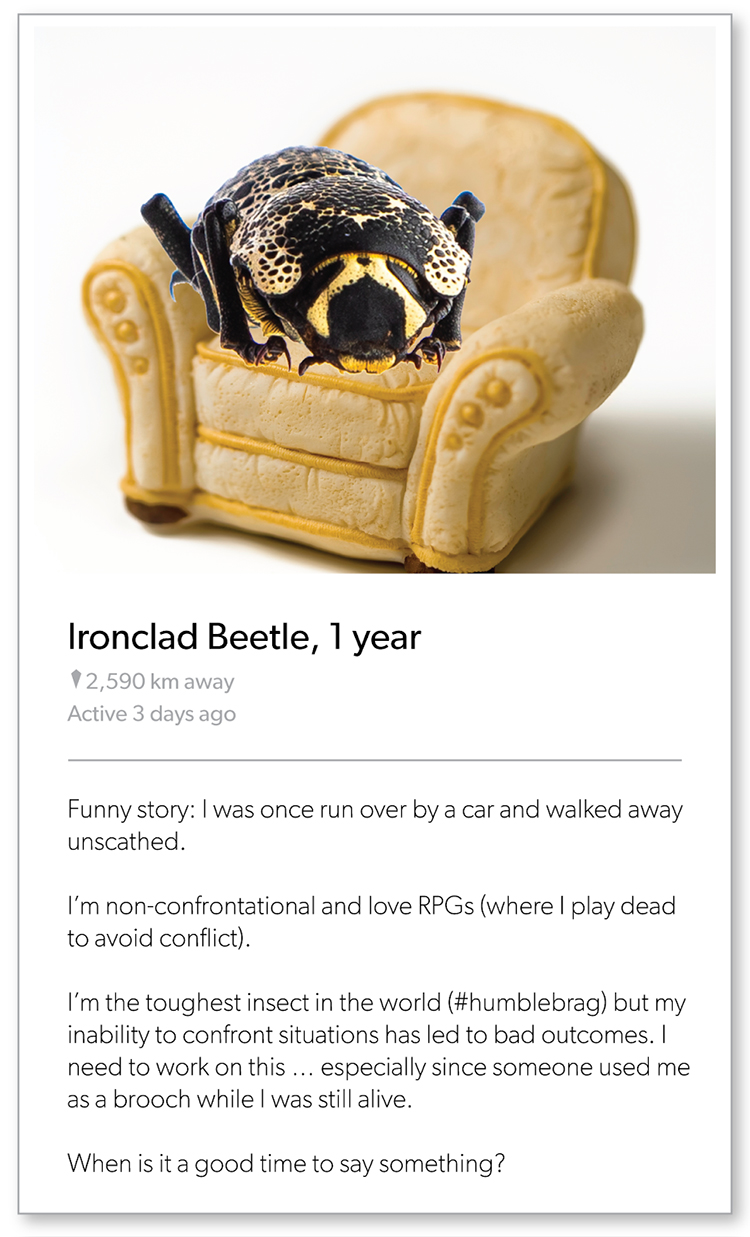
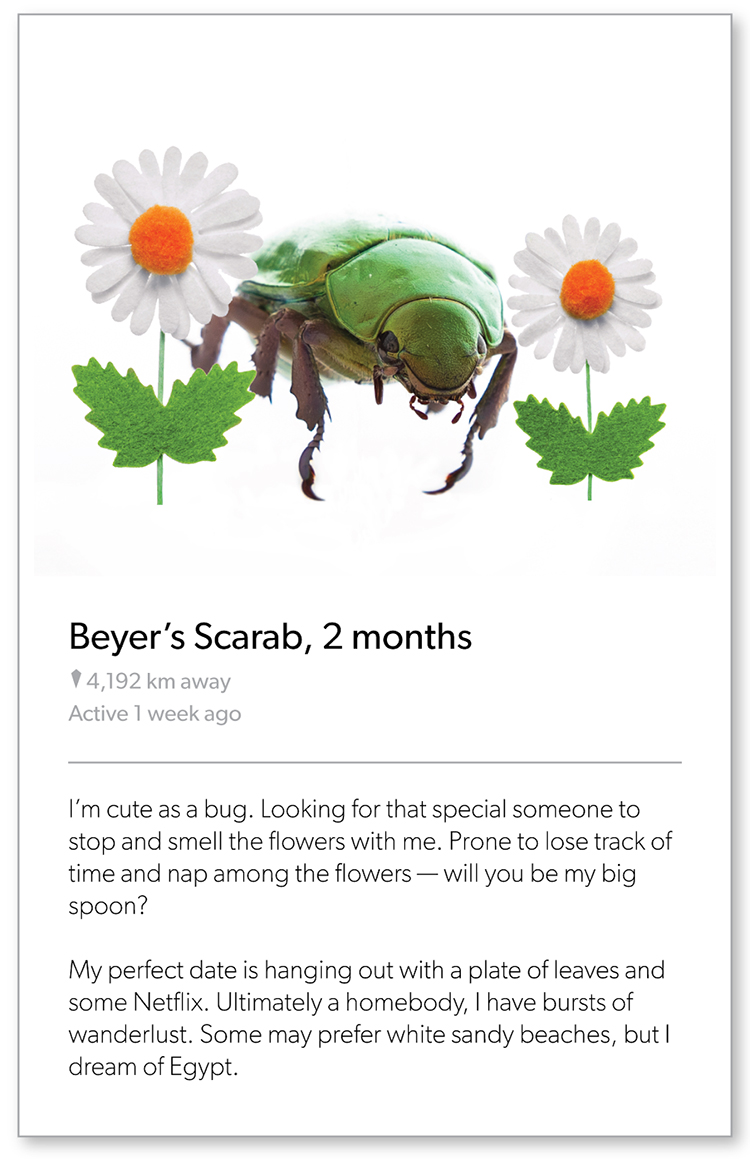
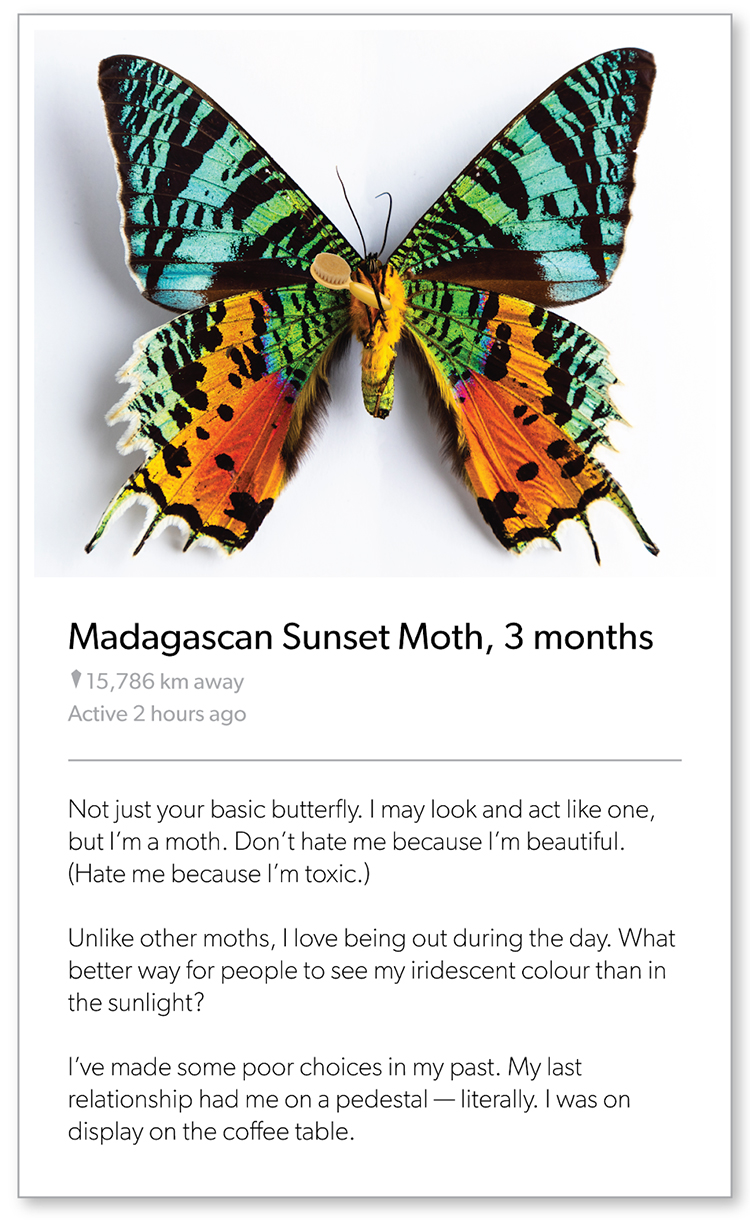
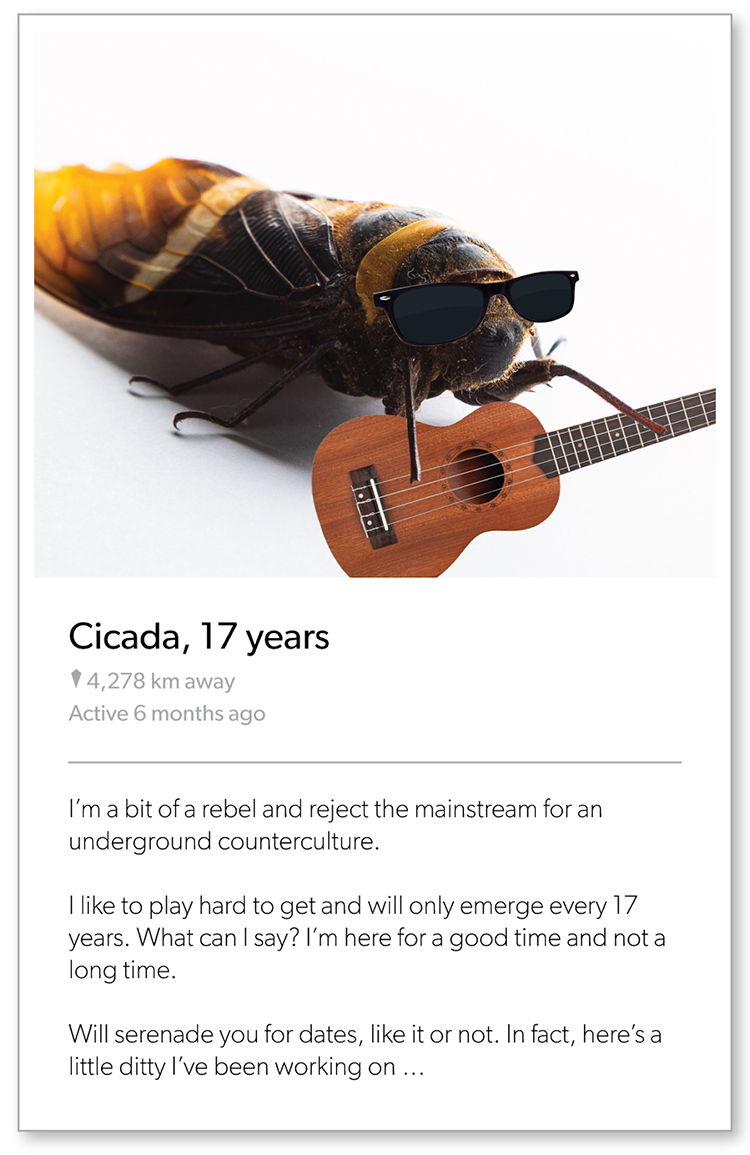
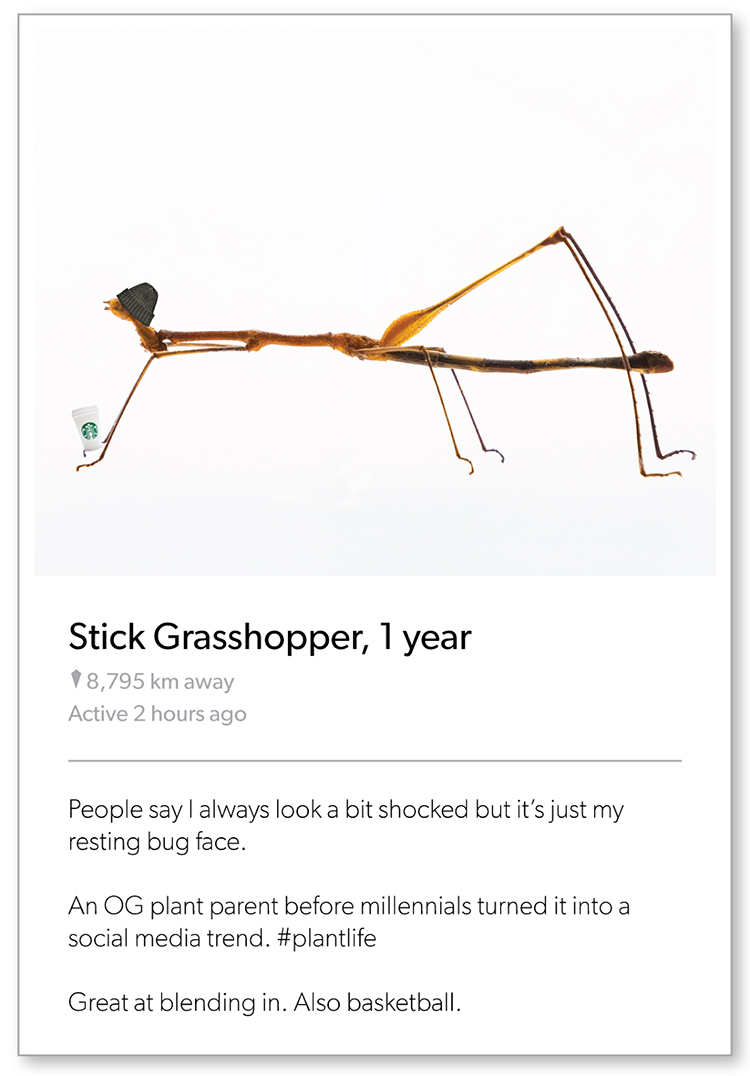
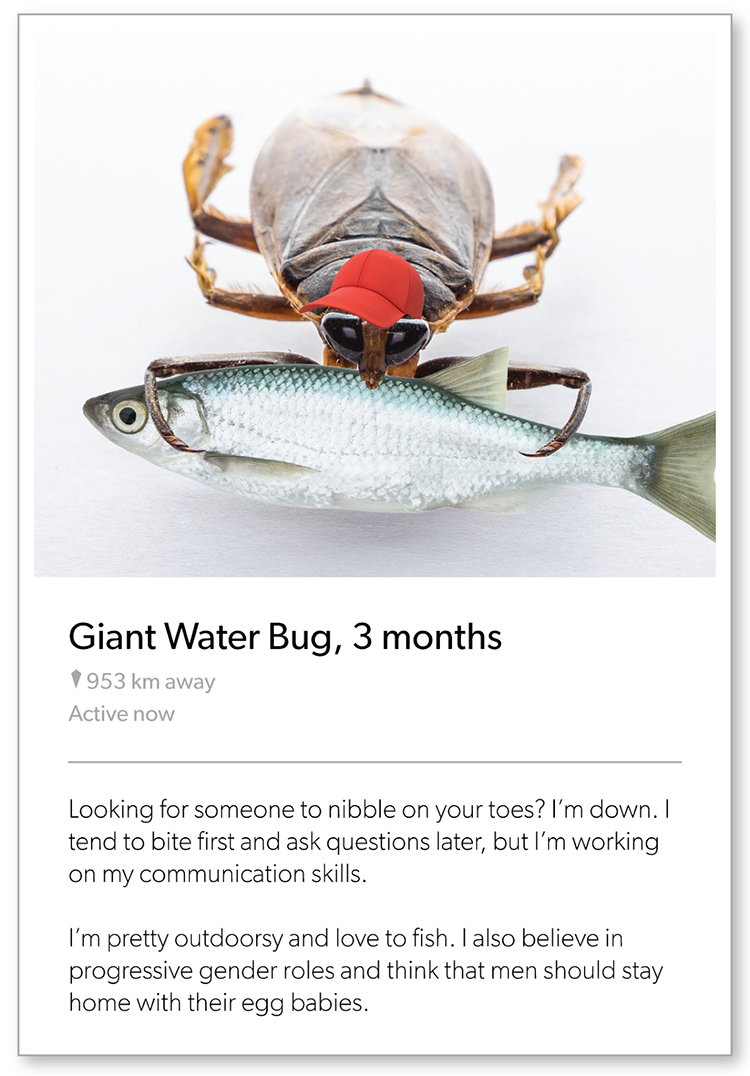
We at New Trail welcome your comments. Robust debate and criticism are encouraged, provided it is respectful. We reserve the right to reject comments, images or links that attack ethnicity, nationality, religion, gender or sexual orientation; that include offensive language, threats, spam; are fraudulent or defamatory; infringe on copyright or trademarks; and that just generally aren’t very nice. Discussion is monitored and violation of these guidelines will result in comments being disabled.